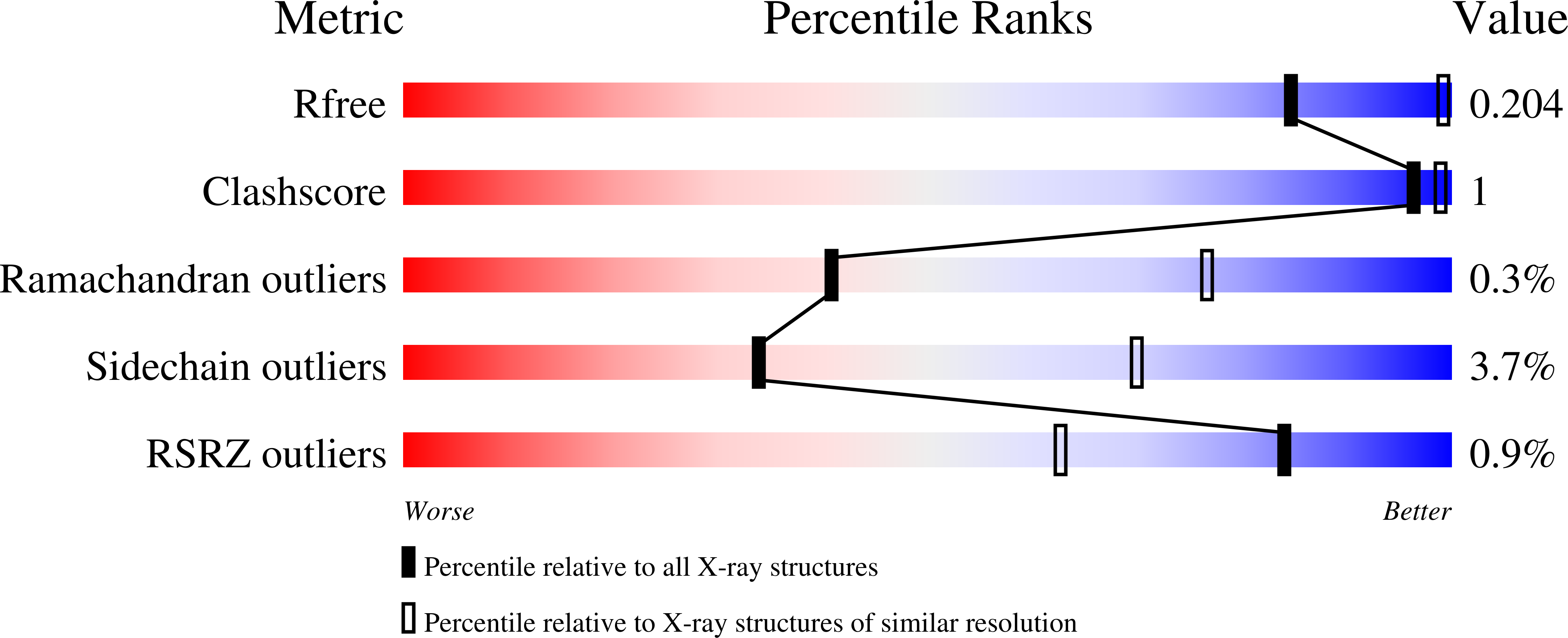
Deposition Date
2020-07-08
Release Date
2021-05-19
Last Version Date
2024-10-16
Entry Detail
PDB ID:
6ZP8
Keywords:
Title:
Yeast 20S proteasome in complex with glidobactin-like natural product HB335
Biological Source:
Source Organism:
Saccharomyces cerevisiae S288C (Taxon ID: 559292)
Method Details:
Experimental Method:
Resolution:
3.00 Å
R-Value Free:
0.20
R-Value Work:
0.16
R-Value Observed:
0.16
Space Group:
P 1 21 1


